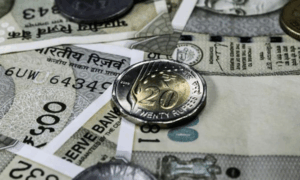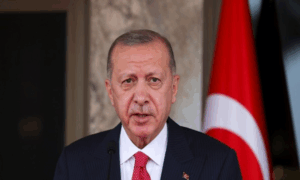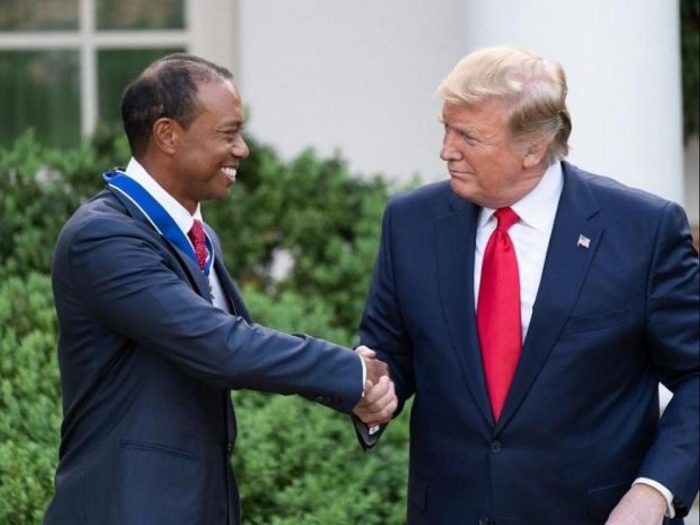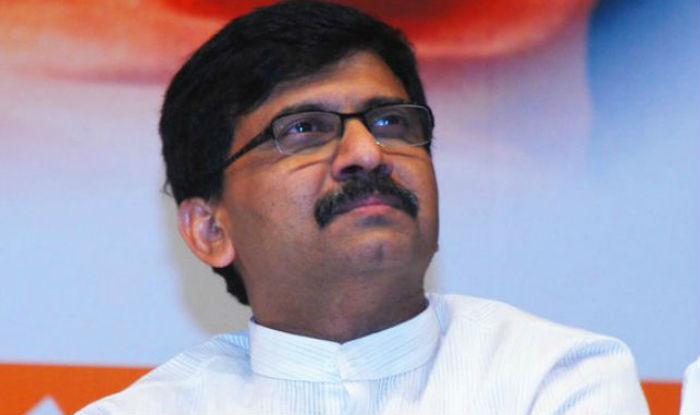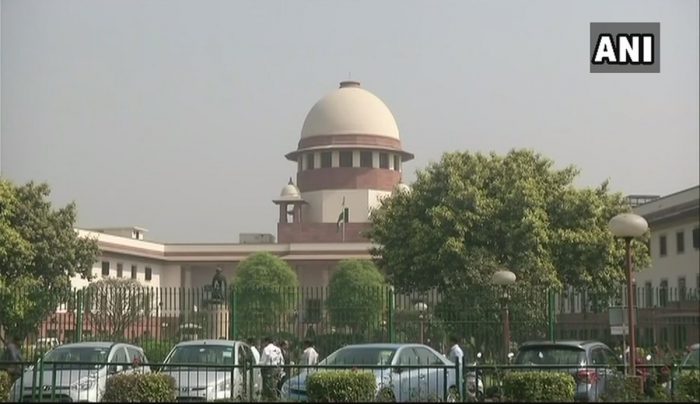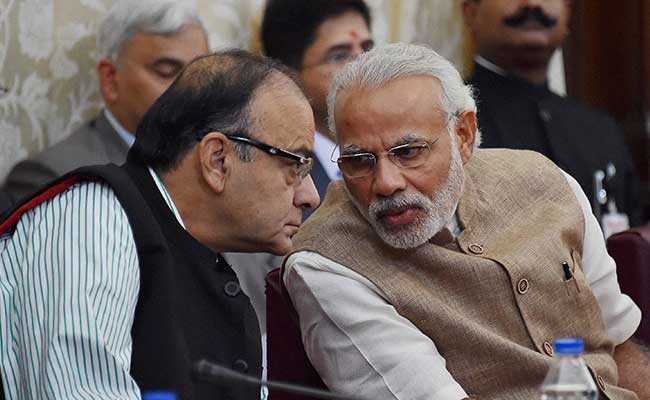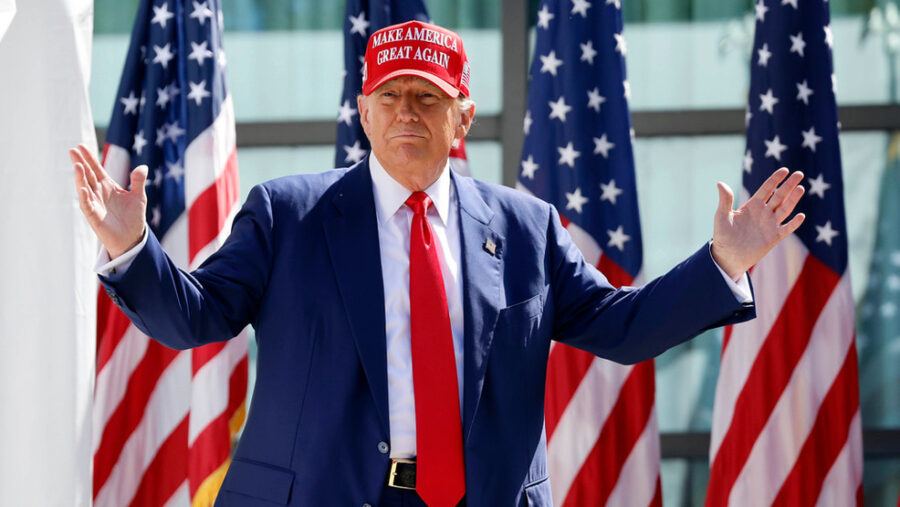
It’s been four months of uncertainity and unpredictability for the United States of America and the rest of the world ever since Donald Trump was elected as the US President. With every passing day, the world wakes up to new surprises thrown in by Trump. The economies are on tenterhooks.
Starting with US foreign policy, in just few months, Trump has frayed alliances that stood since the second world war and alienated the US’s closest friends, cut off aid to Ukrainians on the frontlines against the Russian President Vladimir Putin, emboldened US rivals around the world, brokered and then lost a crucial ceasefire in Gaza, launched strikes on the Houthis in Yemen and seesawed on key foreign policy and economic questions to the point where the US has been termed the “unpredictable ally”.
In short, the Trump administration has affected nearly all facets of US foreign policy: from military might to soft power, from trade to immigration, reimagining the US’s place in the world.
The Trump presidency has ended the relative peace in the western hemisphere since the end of the second world war underwritten by US economic, military and diplomatic influence. Trump has terrorised US neighbours and tacitly declared what some have compared to a new Monroe doctrine, saying the White House has plans to take back the Panama canal and annex Greenland, while repeating at regular intervals that Canada should become it’s 51st state in order to avoid tariffs and reap economic awards.
In return, Canadians responded by duly electing the liberal candidate Mark Carney, completing a 30% swing in polling that has largely been explained by opposition to Trump’s tariff war and territorial menaces.
In Europe, populist parties seen as Trump’s ideological allies are also on the defensive. While Trump was popular in terms of his ideological and anti-woke agenda, the trade war has made him quite toxic.
Also, the shift in US foreign policy impacted the most to Ukraine, where the sudden cut-off in US military and intelligence sharing confirmed the Trump administration’s goals of pressuring Ukraine to accept a deal with the Kremlin, rather than the other way around. Those frustrations boiled over into an Oval Office meltdown fuelled by Vice-President JD Vance that one former US official close to the talks called “disgraceful”.
Trump has swung wildly on the war, on certain days targeting Volodymir Zelensky as a “dictator” and then quickly pivoting to call out Putin for continuing to rain down missiles on Ukrainian cities. His theatrics have produced symbolic moments, after speaking with Zelensky in the baptistry of St Peter’s Basilica. But in terms of hard results, Trump has not fulfilled a promise to end the war within 24 hours or produced a clear path to peace many months later.
In the Middle East, the Trump administration scored its greatest early success by negotiating a ceasefire in Gaza but then failed to prevent its collapse, with Israel cutting off new aid to Gaza as the fighting continues. Though Trump’s most extreme remarks have turned out to be bluster: he stunned the world when he claimed that he would turn the Gaza Strip into beachfront condos and said that the local Palestinian population would be forcibly removed. Months later, the initiative is largely forgotten.
Shockingly, the least expected was the tariff war. The world economies crashed with blood bath at the stock markets in a day when the Trump administration launched a trade war with the entire world, establishing sweeping tariffs on all foreign imports before abruptly reversing course and cutting tariffs to 10% save for those against China. The tariffs disrupt global trade and lead to supply chain shocks in the United States, with Chinese President Xi Jinping seeking to recruit US trade allies in the region.
On the latest, Trump has now threatened Apple, Inc. with 25% tariffs on iPhone imports if the company didn’t make them domestically. Repeating his insistence that he didn’t want iPhones to be assembled in India, Trump said in a post on Truth Social that “I have long informed Tim Cook of Apple that I expect their iPhone’s [sic] that will be sold in the United States of America will be manufactured and built in the United States, not India, or anyplace else,” adding that if that doesn’t happen, “a Tariff of at least 25% must be paid by Apple to the U.S.”
This is not the first time when Trump has lashed out at Apple’s phone assembly operations in India, largely contract manufacturers with facilities in Tamil Nadu and Karnataka. “We’re not interested in you building in India,” Trump said he told Apple CEO Tim Cook. “They can take care of themselves,” he said, adding that he expected the company to start assembling iPhones in the U.S. instead.
Over 80% of Apple products are made in China, thanks to a sophisticated, massive, and highly agile manufacturing ecosystem. The country’s ability to recruit, house, and rotate hundreds of thousands of workers seasonally is a crucial part of Apple’s annual iPhone rollout. Foxconn, Apple’s largest supplier, can hire 50,000 new workers in a matter of weeks. This level of scale simply doesn’t exist in the US. The American manufacturing workforce is smaller, more regulated, and significantly more expensive with vast difference in the wages. Labour cost alone would dramatically increase the price of an American-made iPhone.
Building iPhones in the US would require massive investments in workforce development, supply chain reengineering, and factory infrastructure. Even then, American-made iPhones would likely cost nearly twice as much. While the idea of a US-built iPhone is politically appealing, it’s economically — and logistically — out of reach for now.
Trump has irked India and Pakistan too with his comments. The conflict according to Trump between the two had been going on for thousand years. Further, Trump not once but eight times in 11 days took credit for full and immediate ceasefire and hinted at Trade as the sole reason to broker peace on May 10 . This was after India launched Operation Sindoor to retaliate against Pakistan’s support to terror and aiding the Pahalgam carnage that claimed 26 lives .
With such an unpredictable environment, Making America Great Again (MAGA) seems to be a distant dream.


